A company re-brand is no easy task. Yet some companies embark upon this journey without a clear vision and company buy-in for why they need to rebrand. Some re-brand every few years despite having a relatively unchanged business model. Other companies have used rebranding as a way to capture attention or boost a short-term campaign. But successful re-brands—which can often take 6-18 months—should not be entered into lightly.
At Shawmut, we have helped many companies navigate through the complex journey of re-branding and we know that it’s about more than a new logo. In fact, we're no stranger to it ourselves. Over the past year, we've re-defined our brand to more accurately reflect our business model and growing suite of marketing and communications services. In addition to changing our name and updating materials, we’ve re-defined our core values and created a culture internally that propels our new brand identity forward.
In case you missed this must-read article in our July/August issue of Tactics magazine here’s a quick re-cap of the 5 important steps to re-branding, courtesy of Heart + Mind Strategies.
- Define
First and foremost, identify and clearly define the catalyst or reason for re-branding.
- Engage
Once the case has been made, it’s crucial that leadership not only champions the process but also plays an active role in building buy-in at every level of the organization.
- Measure, and then measure again
Establishing a benchmark through research and tracking (quarterly or bi-annually) against those metrics post-launch is paramount to sustaining a successful re-brand and providing further rationale for investment in the brand.
- Take Stock
The excitement of a re-brand endangers the positive brand equity an organization has built over time. One of the most important activities, once measured, is to recognize existing equities to be brought forward and improved, while also identifying baggage you aim to diminish or leave behind.
- Ownership & Accountability
Establish a brand governance system from the outset. Too often, rebrands lose steam without people and processes to act as brand stewards going forward. Building a cross-functional team not only reinforces engagement, it also helps ensure consistent implementation and sustained success.
Ready to learn more? Subscribe to Tactics magazine to read the full article and get the scoop on marketing trends, strategies and more.
Featured in Tactics Magazine Vol. 5, Issue 4, July/August 2015








